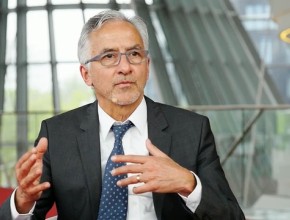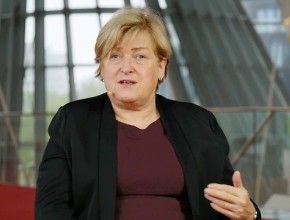Is high-flow oxygen treatment more effective than noninvasive mechanical ventilation in patients with exacerbations of chronic obstructive pulmonary disease (COPD)?
Andreas Freitag: COPD exacerbations is an interesting case, because once again, not all patients, as you know, have very high partial pressure of carbon dioxide (pCO2) levels. For sure it [high-flow oxygen treatment] reduces the work of breathing, for sure it improves gas exchange, but depending on how severe their COPD is to begin with, there is a proportion of patients that are placed on Optiflow as opposed to noninvasive mechanical ventilation. Once again, we are able to do this much easier on the ward level, as opposed to subjecting [them to noninvasive mechanical ventilation].
But, having said that, if you have somebody who has very high pCO2 levels, is hypercapnic, and they come in and they got an altered level of state, they are drowsy, they are not functioning, and you can correct their oxygen levels, that is not a problem, but you have to improve their ventilation. Those are the patients that we are using noninvasive mechanical ventilation for.
 English
English
 Español
Español
 українська
українська










